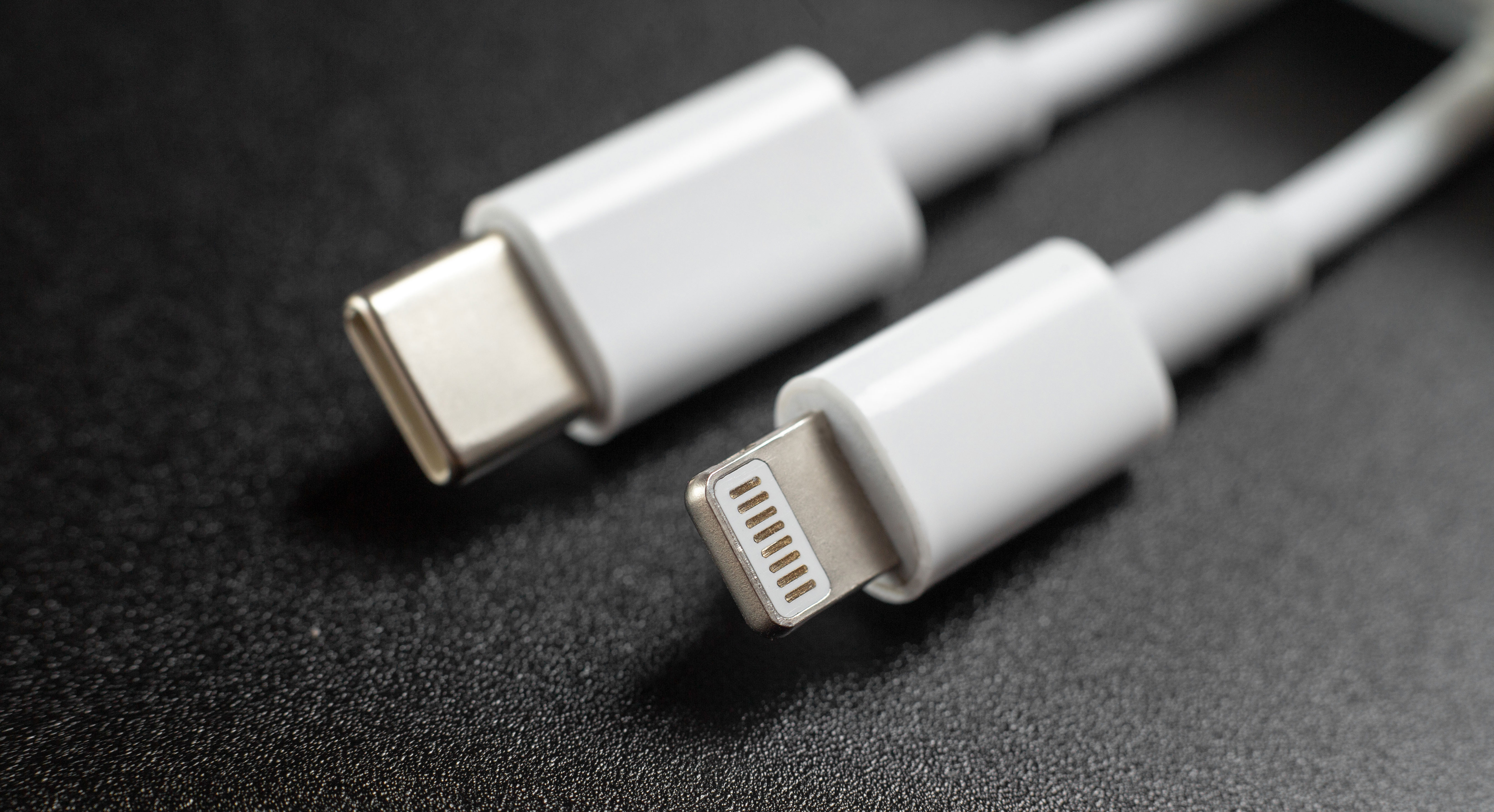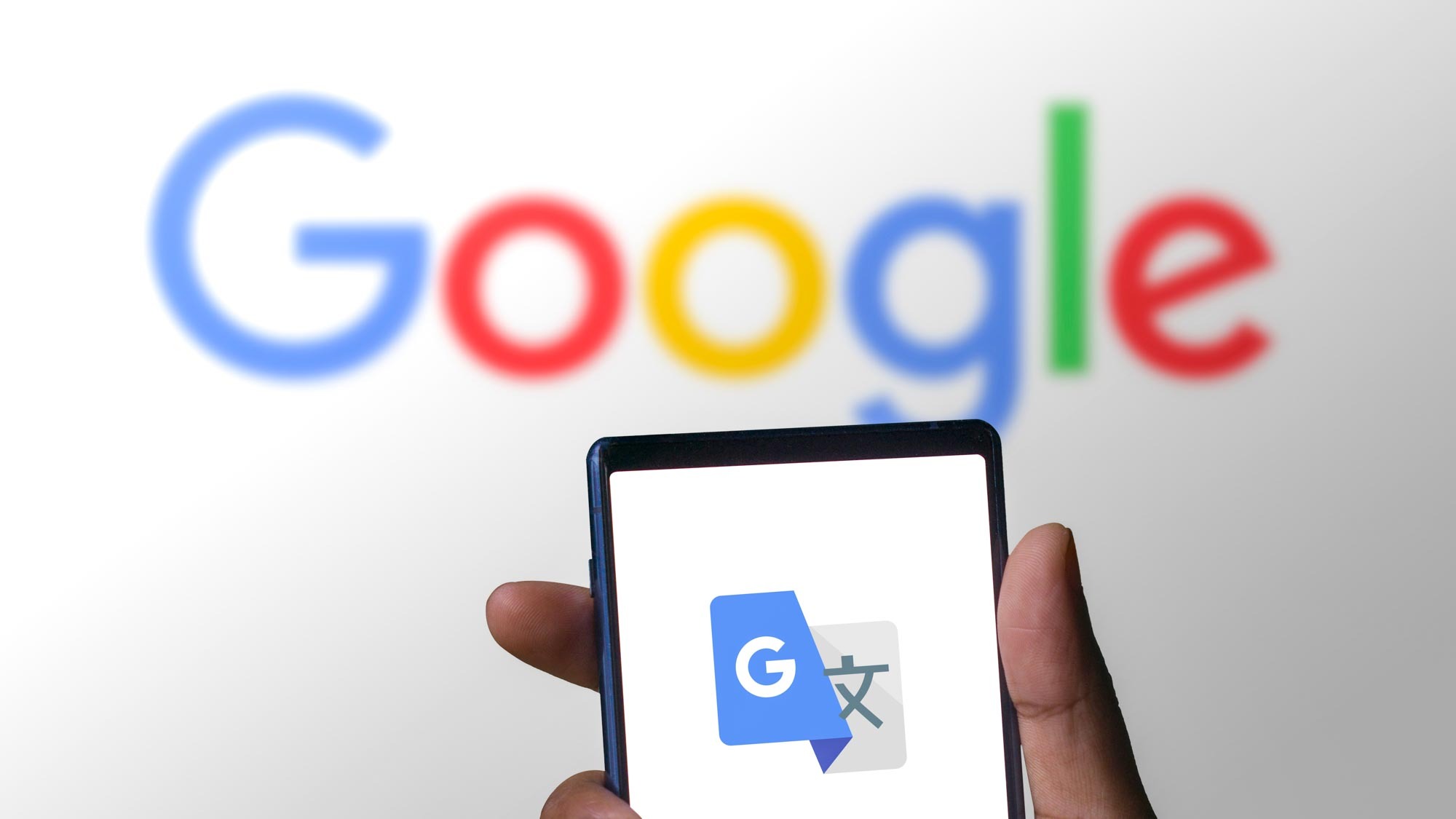It’s time for Apple to kill Lightning for USB-C

Apple is rarely one for going with the flow. While competitors may try and go in one direction, Apple typically prefers to do its own thing. That’s especially true where charging is concerned, sticking with proprietary connections like Lightning.
Except Apple has been phasing out Lightning in lots of other places, adopting USB-C on MacBooks and iPads. The latest USB-C Apple device is the $499 iPad mini 6. Nine years after its debut, Lightning still retains its dominance on the iPhone. Frankly, it’s about time Apple finally scrapped it for good.
- Apple event recap: iPhone 13, iPad mini 6, and everything else Apple announced
- Everything you need to know about the iPhone 13
- Plus: iPhone 12 and iPhone 11 just got big price drops after iPhone 13 launch
Lightning first debuted back in September of 2012, as part of the iPhone 5. At the time, the majority of the phone industry still used micro-USB, which gave Lightning a distinct advantage. Not only was Lightning symmetrical, it didn’t need to be plugged in a specific way. It was also speculated that Lighting connectors were sturdier, and gave Apple an advantage when it came to compatibility with docks and speaker systems.
There was also speculation about Apple keeping a level of control of the accessory supply chain, since micro USB was an open standard that could be used by pretty much anyone. Lightning, however, would need to be licensed directly from Apple itself.
But as the phone industry switched over to USB-C, which offered a lot of the same benefits as Lightning without licensing issues, Apple stood its ground. Sort of.
In 2015, just three years after the launch of Lightning, Apple launched a range of MacBooks that features USB-C. It was a bit of a shocking move, since USB-C was still in its infancy and the changeover from full-sized USB ports hadn’t really kicked off yet. In fact, the first USB-C phone wouldn’t be released until the month after Apple announced the new range of MacBooks.
But Lightning stuck around. While MacBooks exclusively rely on USB-C to this day, Apple still kept Lightning around for iPhones, iPads, and other related products. Until the launch of the third generation iPad Pro in 2018, which launched with USB-C.
Get instant access to breaking news, the hottest reviews, great deals and helpful tips.
That meant the third generation iPad Pros had better connectivity with docks, external displays, ethernet, and all the other things USB-C has to offer. However, that change was exclusive to the iPad Pro, which Apple had always tried to market as an alternative to the laptop, so you could almost see the logic in making the change there but not elsewhere.
The iPad Air followed in 2020 with its own redesign and USB-C port, and now we have the new iPad mini.
It’s time to go big on USB-C or go home
The new $499 iPad mini 6 has arrived, and it's absolutely not supposed to be a laptop replacement considering it lacks Magic Keyboard support.
It’s still very much a small iPad, but features USB-C connectivity instead of Lightning. Why? It’s not clear, though it does give the iPad mini 6 the potential to be a more versatile device. However, it shows us it’s about time Apple ditched the aging Lightning connector for good.
It’s not clear what Apple’s plans for USB-C are, but we’re now at the stage where some Apple products utilize the standard, while others still rely on the now-nine year old Lightning. It’s now got to the point where it’s particularly confusing.
Before it was laptops and iPad Pros that had USB-C, which was pretty simple to keep track of. But throwing USB-C iPad mini into the mix, while also sticking with Lightning for the brand new entry-level iPad 9, has the potential to cause confusion.
Meanwhile, rival smartphones are forging ahead with USB-C phones that charge much faster than the iPhone. The OnePlus 9 Pro, for example, can charge to 99% in 30 minutes with its 65W USB-C charger, while the new Xiaomi 11T Pro can get to 100% in just 23 minutes with its 120W charger.
Even Samsung, Apple's biggest rival, is rumored to be bringing back 45W charging for the Samsung Galaxy S22 range. Meanwhile the iPhone 13 is stuck at 20W with its USB-C to Lightning charger.
Now, it's possible that Apple could develop a faster charging Lightning adapter or MagSafe charger, but it could have been there already with USB-C.
A portless iPhone 14?
Rumors claim that there will never be a USB-C iPhone, and that Apple is going to stick with Lightning until it can develop a reliable portless iPhone that can do all of its charging and connectivity wirelessly.
It’s an interesting idea to be sure, but how far off are we from getting a portless iPhone? It’s not as though portless phones are some lofty far off goal. They do exist, but typically only as a proof-of-concept rather than a commercial device you can go out and buy. The only question is whether Apple could do it on a large scale, and with the same performance that people expect when they spend a thousand dollars on a phone.
Maybe we’ll see the portless iPhone next year, when the iPhone 14 launches. Or maybe Apple will still rely on Lightning, but I think that would be a mistake.
By that stage Lightning will be ten years old, which is positively ancient by technological standards. Even Apple’s old 30-pin dock connector got replaced before it hit that particular landmark. So if Apple can’t pull off a portless iPhone by next year, it’s time to just throw in the towel and accept USB-C as the way forward.
Even if it’s just a transitory connector to keep us going until we can do away with ports for good.

Tom is the Tom's Guide's UK Phones Editor, tackling the latest smartphone news and vocally expressing his opinions about upcoming features or changes. It's long way from his days as editor of Gizmodo UK, when pretty much everything was on the table. He’s usually found trying to squeeze another giant Lego set onto the shelf, draining very large cups of coffee, or complaining about how terrible his Smart TV is.
